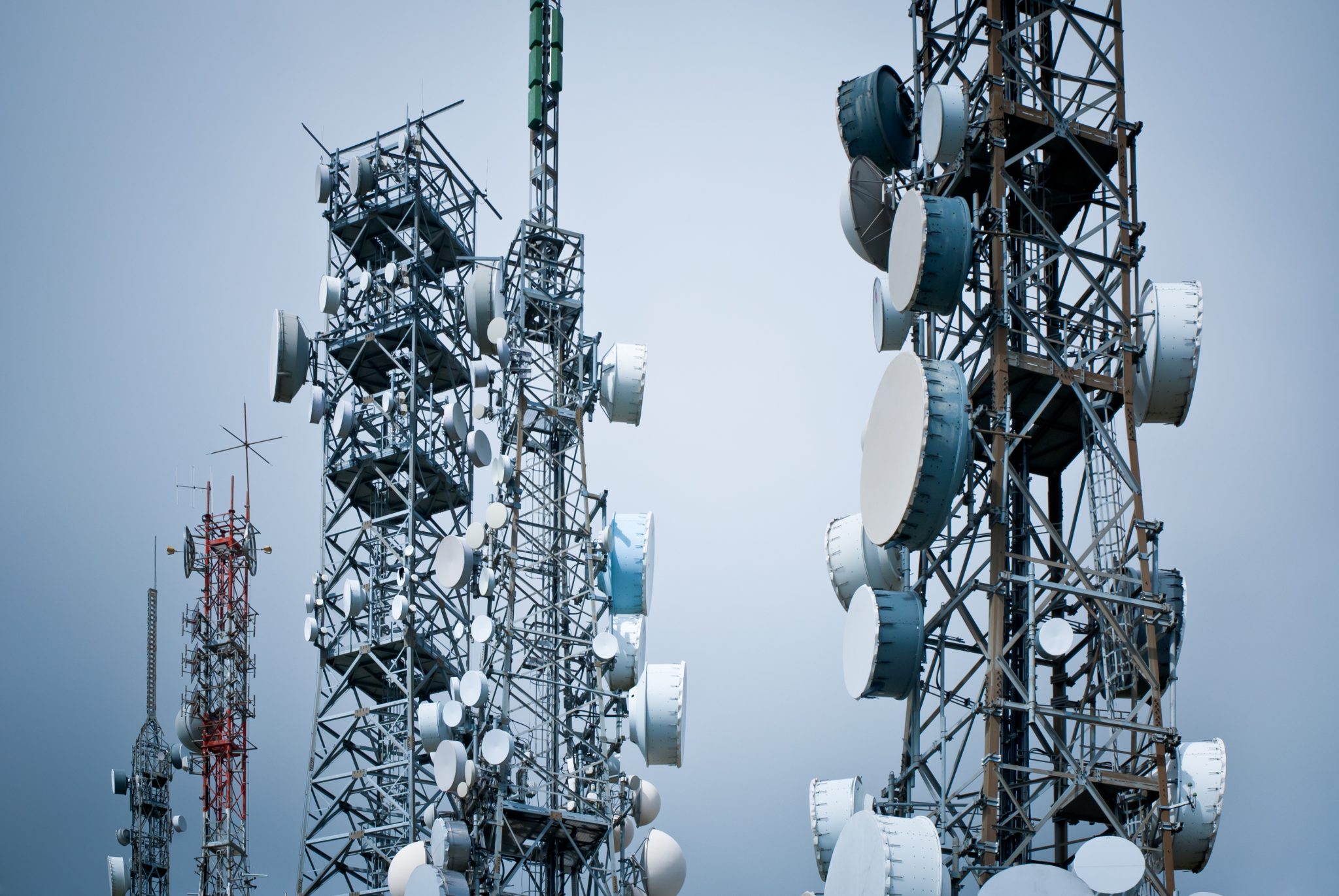If you've ever been through a city, you may have seen tiny cell towers for 5G on the poles of street lights. They look like small boxes however they're actually sending wireless signals from cellular providers to your phone.
These smaller towers are replacing the larger, purpose-built cell towers. Although they're not as visible, they still can create problems for those who live nearby.
The FCC's Radiation Exposure Thresholds
The FCC's Radiation Exposure Thresholds determine the maximum amount of time one can expose to electromagnetic energy generated by wireless devices. The exposure limits are based on scientific data which prove that electromagnetic energy could cause harm to health.
what is safe distance from 5g tower (SAR) is an indicator of the radiofrequency energy taken up by tissues. It's typically 1.6 Watts per kilogram spread over a gram of tissue.
However, because 5g transmits at higher frequencies, it has the potential to increase the intensity of energy on the skin and other exposed body parts. This can result in a wide range of potential harms, including exacerbated the development of skin conditions like dermatitis, cancer of the skin and cataracts.
Due to the potential for negative effects of 5G radiation, PSU has chosen to establish a general, localized power density limit of 4 mW/cm2 averaged across 1 centimeter, and not exceeding 30 minutes for the entire 5G spectrum at 3000 GHz. This localized limit is consistent with the maximum SAR that is spatially averaged at 1.6 W/kg averaged over 1 5 grams of body tissue, at 6 GHz.
The FCC's Maximum Exposure Thresholds for Maximum Exposure
In the event that you've used mobile phone, you're probably aware that a safe distance from the tower should be at least 400 meters. This is because the transmitting power of the cell tower is significantly increased the farther the tower is.
While this sounds like a good idea however, people who live close to towers could be more prone to health issues. For instance, a 2014 study in India found that those living within 50 meters of cell towers experienced much more health problems than those who were distance from them.
what is a safe distance from a cell tower revealed that those who relocated to areas further away from cell towers experienced their symptoms improve within a few days. Studies have also shown that exposure to high amounts of electromagnetic field radiofrequency (EMFs) can cause brain tumors, cancers, and other health problems.

This is because RF radiation, which is used in wireless communication can penetrate the human body's exterior layer, called the skin. what is a safe distance from a 5g cell tower is important to understand since the skin functions as a shield against mechanical injury, infection from pathogenic microorganisms, as well as the entry of harmful substances. The skin is the most important organ of the human body and is accountable for maintaining the integrity of other organs.
The FCC's Minimum Exposure Thresholds
The FCC's Minimum Exposition Thresholds are based upon many assumptions that aren't supported by scientific research. This includes the false belief that exposures to RF radiation is safe because of the minimal radiation penetration in the human body (i.e. thermal heating of tissue).
The assumption also ignores the more extensive penetration of ELF parts of the modulated RF signal as well as the effect of brief bursts of heat caused by RF pulses. These assumptions do not correspond with the current understanding of biological effects of RF radiation, and thus they shouldn't be considered for health protection exposure standards.
In addition to that, ICNIRP and FCC restrict its maximum levels of radiation exposure for local peak SARs that are based on the peak frequency of absorption (psSAR) that is not a sufficient dosimetric tool to assess the amount of exposure to RF radiation. Particularly the psSAR tool is not accurate when frequencies exceed 6 GHz. In addition, psSAR is not been evaluated for RF radiation that is exposed to other environmental agents such like sunlight. The interactions of RF radiation and other agents in the environment could produce synergistic or antagonistic results. This could result in an increased risk of negative health adverse effects. For example, co-exposure to RF radiation and sunlight could raise the chance of skin cancer and exacerbate other skin disorders, such as acne.
